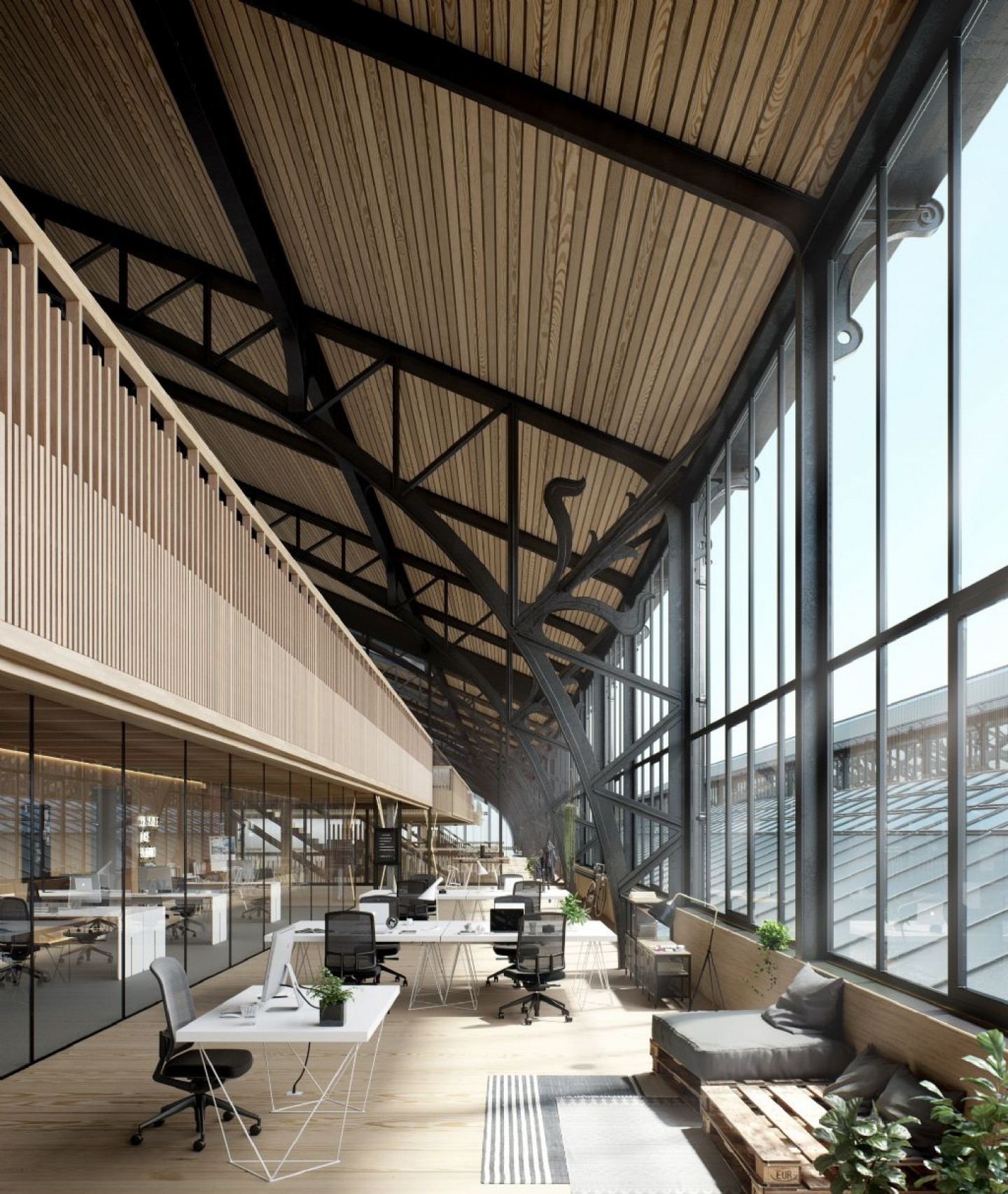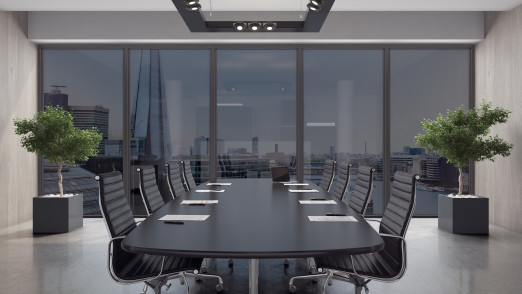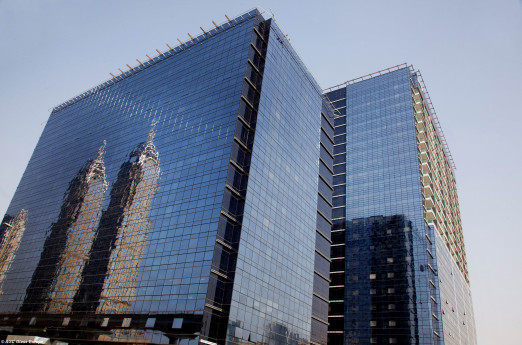A recent Wall Street Journal (WSJ) article highlighted the downside of the open office floorplan — disturbing news since 70% of U.S. offices spaces are now designed this way, according to the International Facility Management Association.
The open floor plan is losing popularity because it can interfere with morale and the ability to focus, according to one British study cited by the WSJ. People complain of noise, distractions from their fellow workers, and of the absence of privacy getting in the way of productive work.
Productivity expert Dave Crenshaw submitted tips on how to survive the open layout in a recent LinkedIn article, creating a firestorm of responses with 5,300 likes and more than a 1,000 shares. The controversy over the pros and cons of the open office struck a chord.
Is the solution to return to the past, a la Mad Men, with executive offices lined up along the windows, and a dark mosh pit for “team members” inside?
If your goal is to promote an office that puts employees first, this might not be the best solution. Natural light, according to studies by the U.S. Green Business Council (USGBC) and the Harvard T.H. Chan School of Public Health, helps people focus, improves their sleep patterns, and – you guessed it – helps productivity.
According to the USGBC, better workplace lighting (both natural daylight and artificial light) has been linked to a 15% reduction in absenteeism in office environments. Other studies have attributed productivity increases ranging from 2.8 to 20% to optimum lighting levels. The Harvard team published The 9 Foundations for a Healthy Building Environment, concluding that “daylight exposure and access to windows at work has been linked to improved sleep duration and mood, reduced sleepiness, lower blood pressure and increased physical activity.”
Catch 22?
With new glass technology, you can have it both ways by creating glass dividers that let in light when and where needed, provide privacy, and cut down on noise. Here are a few options:
Our Halio smart-tinting glass goes from clear to opaque in less than three minutes. When used for interior walls or partitions, natural light can extend to more places in an office. And when privacy is needed, the glass can be tinted to varying shades of neutral gray.

At Alexandria Real Estate Investments in San Francisco, the conference room and employee lounge have Halio walls, enabling various levels of privacy on demand – from just enough to minimize visual distractions to complete privacy.
There’s also PDLC switchable glass which changes from clear to milky white with a flip of the switch. Unlike electrochromic glass, switchable glass is often implemented with a simple ON and OFF capability.
Etched and decorative glass don’t change in opacity, but they can provide privacy while still allowing natural light to pass through.
There are architectural films such as Designtex’s Casper that allow light and visibility into the glass but blocks information on LCD and LED screens.
And finally, there are movable walls — partitions that literally glide away by moving to one side in an accordion pattern or sideways to let light in.
So before we start building walls, let’s consider incorporating new technologies in your office interior design so everyone can enjoy light and privacy.


